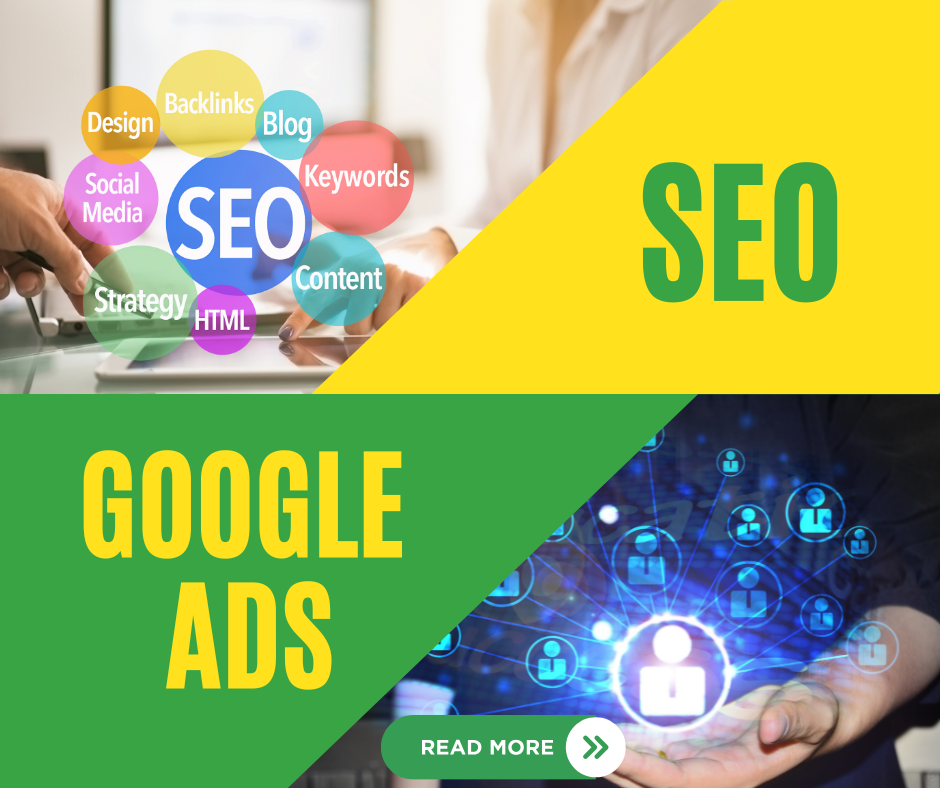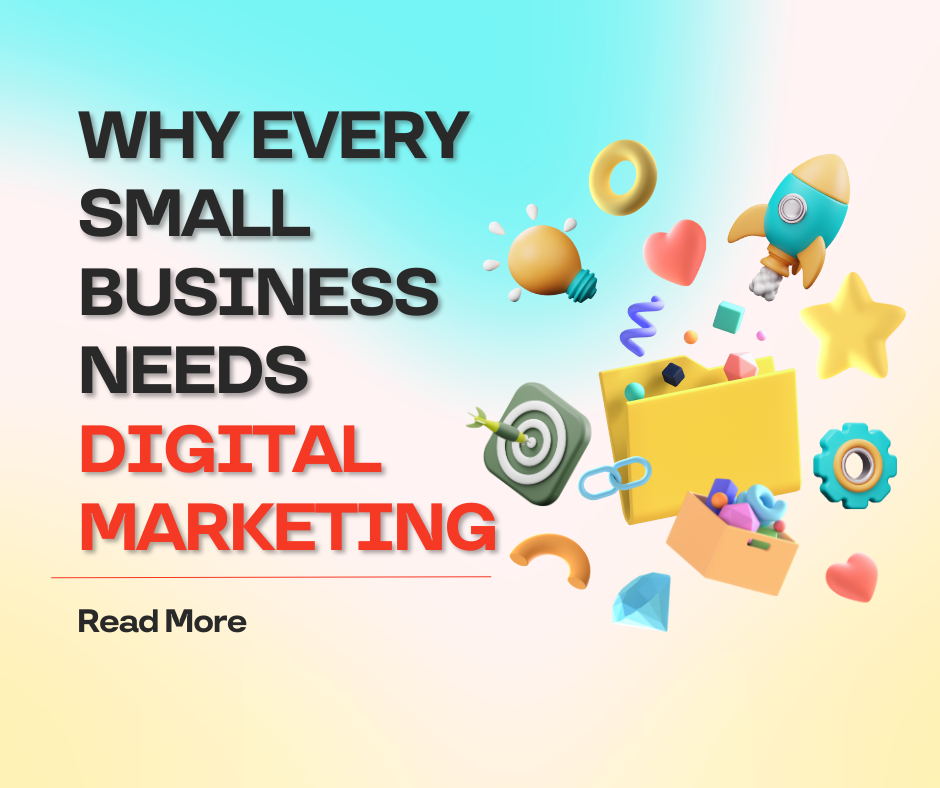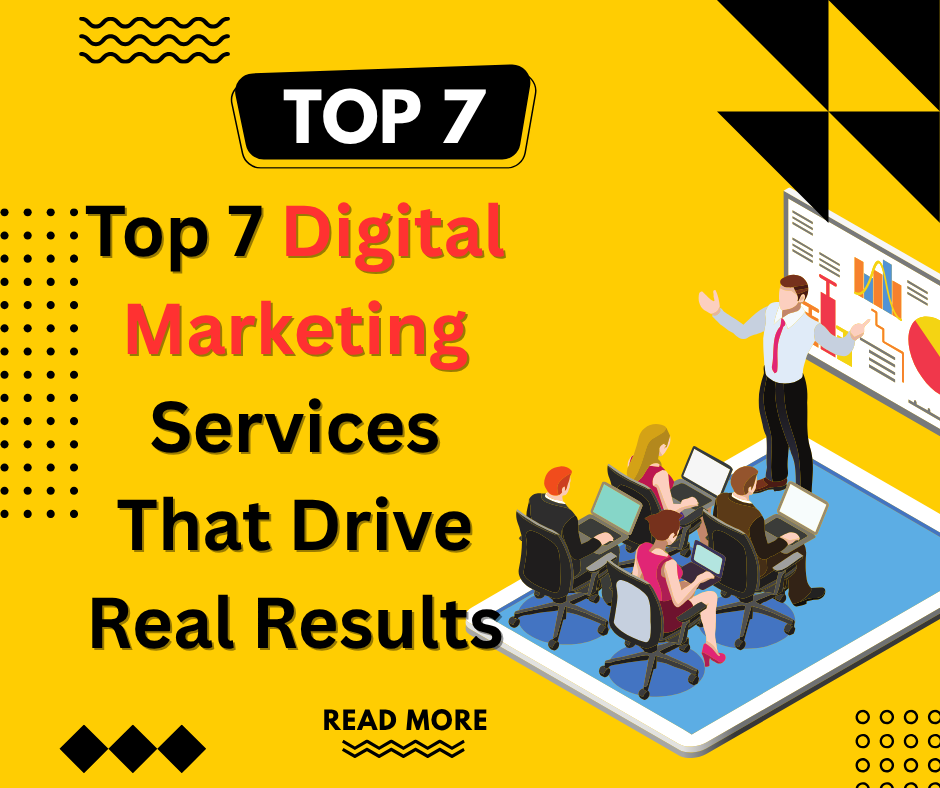Introduction
SEO vs Google Ads represents one of the most critical decisions businesses face when developing their digital marketing strategy. Both approaches can drive significant traffic and revenue, but they operate through fundamentally different mechanisms and deliver results on different timelines.
Understanding the nuances between organic search optimization and paid advertising is essential for making informed marketing investments. While SEO builds long-term organic visibility, Google Ads provides immediate traffic and precise targeting capabilities.
The choice between these strategies—or the decision to use both—depends on your business goals, budget, timeline, and competitive landscape. This comprehensive guide will help you evaluate both options and determine the optimal approach for your specific situation.
What Is the Difference Between SEO and Google Ads?
SEO (Search Engine Optimization) is the practice of optimizing your website and content to rank higher in organic search results. This long-term strategy focuses on creating valuable content, improving technical website performance, and building authority through quality backlinks to earn visibility without paying for each click.
Google Ads, formerly known as Google AdWords, is a pay-per-click (PPC) advertising platform where businesses bid on keywords to display ads above and below organic search results. Advertisers pay only when users click on their ads, making it a performance-based marketing channel.
The fundamental difference lies in cost structure and timeline. SEO requires upfront investment in content creation, technical optimization, and ongoing maintenance, but generates “free” organic traffic over time. Google Ads provides immediate visibility but requires continuous ad spend to maintain traffic flow.
Both strategies target users actively searching for products or services, making them highly effective for capturing high-intent traffic. However, user behavior differs significantly—studies show that 70% of users click on organic results, while 30% click on paid ads.
The choice between organic search vs paid advertising often comes down to business priorities: immediate results versus long-term sustainability, budget constraints, and competitive positioning in your industry.
5 Key Factors to Consider When Choosing Between SEO and Google Ads
1. Timeline and Business Urgency
SEO typically requires 3-6 months to show significant results, with continued improvement over 12-24 months. This gradual growth makes SEO ideal for businesses with long-term growth strategies and stable cash flow.
Google Ads can generate traffic and leads within hours of campaign launch, making it perfect for businesses needing immediate revenue, product launches, or seasonal promotions. The instant visibility helps validate market demand and business concepts quickly.
2. Budget and Cost Structure
SEO involves upfront costs for content creation, technical optimization, and ongoing maintenance, but doesn’t require payment per visitor. The cost-per-acquisition typically decreases over time as organic rankings improve.
Google Ads requires ongoing ad spend with costs varying by industry competitiveness. While you control daily budgets, successful campaigns often require significant monthly investments to achieve meaningful results and compete effectively.
3. Competition and Market Saturation
Highly competitive industries with established players may require substantial SEO investments and longer timelines to achieve top rankings. New businesses might struggle to compete against domains with years of authority and content.
Google Ads levels the playing field by allowing new businesses to compete immediately through superior ad copy, landing pages, and bidding strategies. However, competitive keywords can be expensive, requiring careful budget management.
4. Target Audience and Search Behavior
Some audiences prefer organic results and actively avoid advertisements, making SEO more effective for reaching these users. Professional services and B2B companies often see higher conversion rates from organic traffic.
Google Ads excels for commercial keywords and transactional searches where users are ready to purchase. E-commerce businesses and local services often achieve better immediate ROI through targeted paid campaigns.
5. Long-term Business Strategy
SEO builds lasting value and brand authority that compounds over time. Once established, organic rankings provide sustainable traffic that doesn’t disappear if marketing budgets are reduced.
Google Ads provides predictable traffic as long as campaigns are active but offers no residual value once spending stops. This makes it ideal for testing markets or supporting specific business objectives with defined timelines.
Essential Tools for SEO and Google Ads Success
Successful digital marketing strategy implementation requires the right tools for analysis, optimization, and performance tracking. For SEO, Google Search Console provides essential insights into organic performance, indexing issues, and keyword rankings.
SEMrush and Ahrefs offer comprehensive competitor analysis, keyword research, and backlink monitoring capabilities. These platforms help identify content opportunities and track ranking improvements over time.
Google Ads provides built-in tools for keyword planning, campaign optimization, and performance analysis. The Google Keyword Planner helps identify search volumes and competition levels for paid campaigns.
Google Analytics connects both channels, providing detailed conversion tracking and attribution analysis. This integration helps measure the combined impact of SEO and Google Ads efforts on business objectives.
Additional tools like Screaming Frog for technical SEO audits and Unbounce for landing page optimization can significantly improve campaign performance across both channels.
Common Mistakes That Sabotage SEO and Google Ads Performance
Many businesses fail to achieve optimal results by making fundamental errors in strategy execution. Trying to compete for overly competitive keywords without sufficient authority or budget wastes resources and produces poor results.
Neglecting mobile optimization severely impacts both SEO rankings and Google Ads quality scores. With mobile searches accounting for over 60% of total search volume, mobile-first optimization is no longer optional.
Poor landing page experiences hurt both organic rankings and paid campaign performance. Pages that load slowly, lack relevant content, or have confusing navigation increase bounce rates and reduce conversion rates.
Insufficient keyword research leads to targeting irrelevant terms that don’t convert into customers. Understanding search intent and focusing on high-commercial-intent keywords improves ROI for both strategies.
Ignoring local SEO opportunities costs businesses significant traffic and leads. Local searches with “near me” and location-specific terms often have higher conversion rates and less competition.
Failing to track and analyze performance data prevents optimization and improvement. Regular monitoring of rankings, traffic, conversions, and ROI enables data-driven decision making and strategy refinement.
Setting unrealistic expectations about timelines and results leads to premature strategy abandonment. Both SEO and Google Ads require patience, testing, and continuous optimization to achieve optimal performance.
Frequently Asked Questions
Q: Can I use SEO and Google Ads together effectively? A: Absolutely. Many successful businesses use both strategies simultaneously. Google Ads provides immediate traffic while SEO builds long-term organic presence. This combination maximizes search visibility and provides valuable keyword data for optimization.
Q: Which strategy provides better ROI: SEO or Google Ads? A: ROI depends on your business model and timeline. SEO typically provides higher long-term ROI due to compounding organic traffic, while Google Ads can deliver faster short-term returns. The best approach often combines both strategies.
Q: How much should I budget for SEO vs Google Ads? A: Budget allocation depends on business goals and timeline. Generally, allocate 60-70% to SEO for long-term growth and 30-40% to Google Ads for immediate results. Adjust based on industry competition and business priorities.
Q: Should startups focus on SEO or Google Ads first? A: Startups often benefit from starting with Google Ads to validate market demand and generate immediate revenue, then gradually investing in SEO for sustainable growth. This approach provides cash flow while building long-term assets.
Conclusion
The SEO vs Google Ads decision doesn’t have to be an either-or choice for most businesses. Understanding the strengths and limitations of each approach enables strategic decisions that align with your business objectives, budget, and timeline.
SEO provides sustainable, long-term growth that builds brand authority and reduces customer acquisition costs over time. Google Ads offers immediate visibility, precise targeting, and predictable results that can jumpstart business growth and validate market demand.
The most successful digital marketing strategies often integrate both approaches, using Google Ads for immediate results and market testing while building SEO foundations for long-term success. This combined approach maximizes search visibility and provides multiple touchpoints with potential customers.
Consider your business stage, competitive landscape, and growth objectives when making this decision. Whether you choose SEO, Google Ads, or both, commit to consistent execution and continuous optimization to achieve the best possible results for your investment.
Top 7 Digital Marketing Services That Drive Real Results for Your Business Read More.


